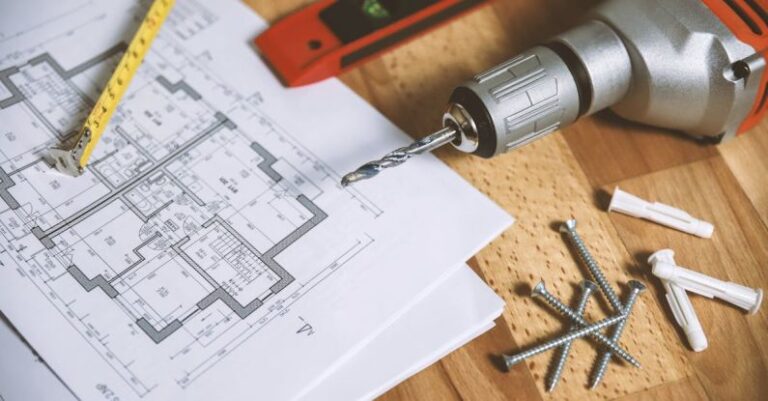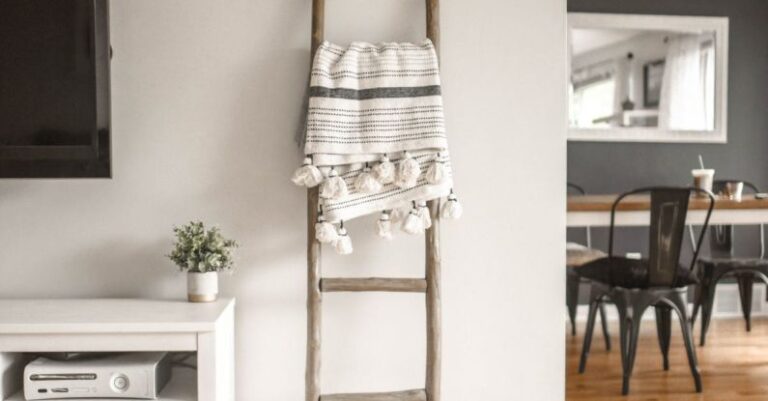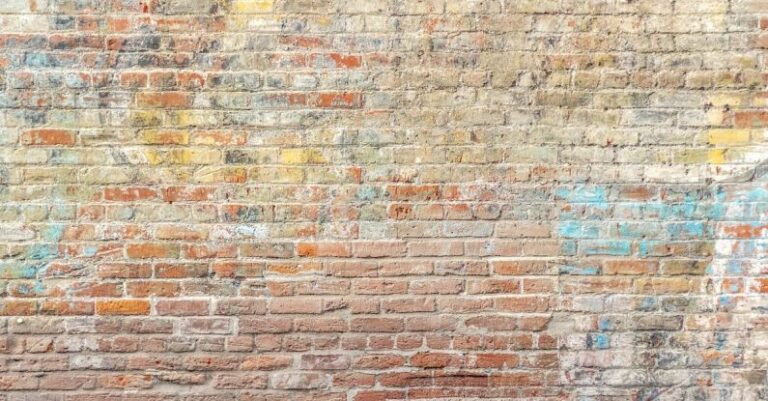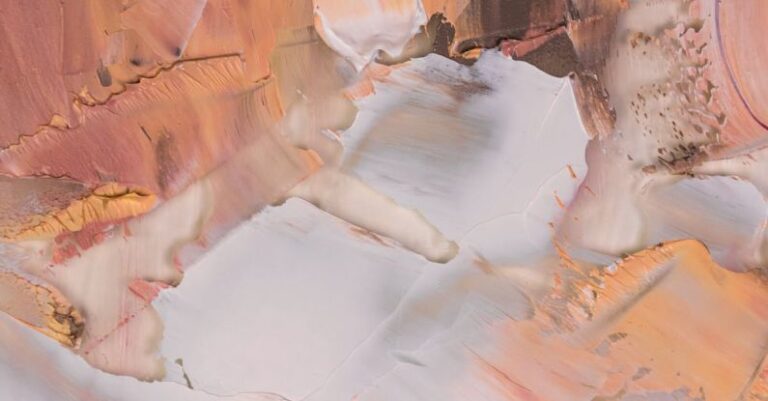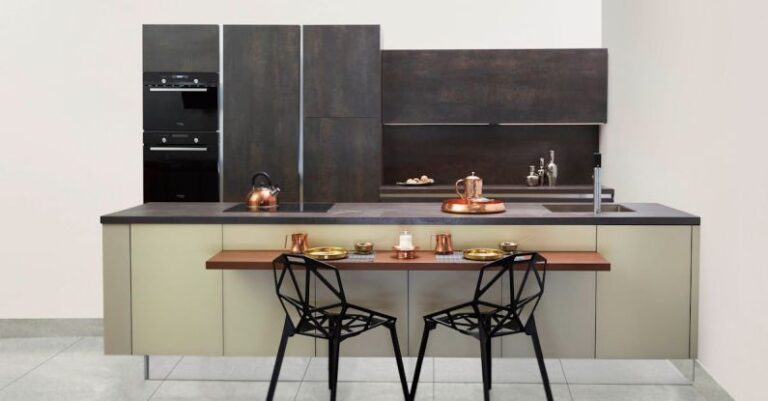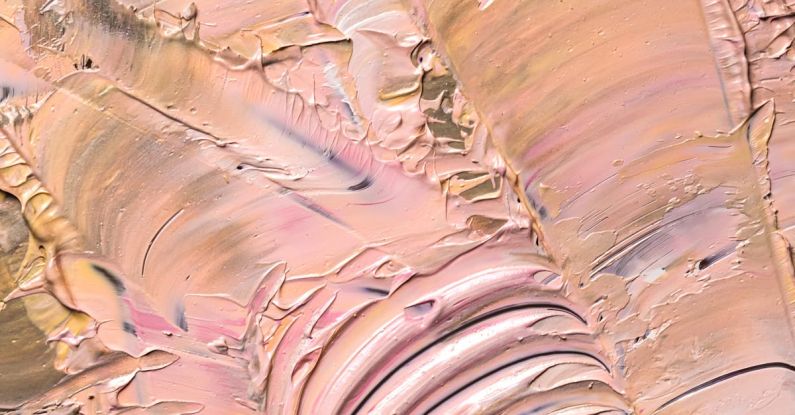
Creating a Balanced Look with Mixed Textures
When it comes to designing a visually appealing space, incorporating various textures can add depth, interest, and personality. However, mixing different textures can be a tricky task, as it requires careful consideration to achieve a balanced look. By understanding how to effectively blend textures, you can elevate the style of any room in your home. Here, we explore some tips and tricks to help you master the art of creating a harmonious and balanced look with mixed textures.
Understanding Texture
Texture refers to the surface quality of an object, which can be smooth, rough, shiny, matte, soft, or hard. Incorporating a mix of textures into your space can create visual contrast and tactile interest, making the room more dynamic and engaging. When combining textures, it’s essential to consider both the visual and tactile aspects to ensure a cohesive and balanced design.
Mixing Soft and Hard Textures
One way to create a balanced look with mixed textures is to combine soft and hard elements. For example, pairing a plush velvet sofa with a sleek metal coffee table can create a striking contrast that adds visual interest to the room. Mixing textures in this way not only creates a dynamic aesthetic but also provides a sensory experience for those in the space.
Layering Textures for Depth
Layering textures is another effective way to create a balanced look in your design. By combining different textures in layers, you can add depth and dimension to the room. For instance, layering a chunky knit throw over a leather armchair or placing a jute rug on a hardwood floor can create a visually rich and inviting space. Experiment with layering different textures to see what combinations work best for your aesthetic.
Balancing Light and Dark Textures
Incorporating a mix of light and dark textures is key to achieving balance in your design. Light textures, such as linen or cotton, can help brighten a space and create an airy feel, while dark textures, like wood or metal, can add depth and sophistication. Combining light and dark textures in a room can create a sense of equilibrium and prevent the space from feeling too one-dimensional. Experiment with contrasting textures to find the right balance for your design.
Mixing Patterns with Solids
Another way to create a balanced look with mixed textures is to combine patterns with solids. Mixing patterns, such as stripes, florals, or geometric prints, with solid textures can add visual interest and complexity to a room. When mixing patterns with solids, it’s essential to consider scale and color to ensure a cohesive and harmonious design. Pairing a bold patterned throw pillow with a solid-colored sofa or layering a patterned rug over a neutral carpet can create a visually dynamic space that feels cohesive and well-balanced.
Creating Cohesion with a Neutral Palette
Using a neutral color palette is an effective way to create cohesion when mixing textures in a room. Neutral colors, such as white, beige, gray, or taupe, provide a subtle backdrop that allows different textures to shine without overwhelming the space. By incorporating a mix of textures in a neutral color scheme, you can create a harmonious and balanced look that feels sophisticated and timeless. Experiment with different textures within a neutral palette to create a cohesive design that reflects your personal style.
Embracing Imperfection
While achieving a balanced look with mixed textures requires careful thought and consideration, it’s also essential to embrace imperfection and asymmetry in your design. Perfect symmetry can sometimes feel sterile and uninspired, so don’t be afraid to mix textures in unexpected ways or play with varying proportions and scales. By embracing imperfection and allowing for a bit of unpredictability in your design, you can create a space that feels authentic, inviting, and full of character.
Incorporating Greenery and Natural Elements
Incorporating greenery and natural elements into your space can enhance the balanced look of mixed textures. Plants, flowers, and natural materials, such as wood or stone, can add a touch of freshness and vitality to your design while softening the contrast between different textures. Consider adding potted plants, floral arrangements, or natural wood accents to bring a sense of harmony and tranquility to your space.
Experimenting and Personalizing Your Space
Ultimately, creating a balanced look with mixed textures is about experimenting, exploring, and personalizing your space to reflect your unique style and personality. Don’t be afraid to mix and match textures, colors, and patterns to create a design that feels authentic and true to you. By following these tips and trusting your instincts, you can create a visually compelling and harmonious space that showcases your creativity and individuality.
Finding Your Perfect Balance
Achieving a balanced look with mixed textures is all about finding the right blend of elements that complement each other harmoniously. By understanding the principles of texture, experimenting with layering and contrasting textures, and embracing imperfection in your design, you can create a space that feels inviting, dynamic, and visually captivating. Whether you prefer a minimalist aesthetic or a bohemian vibe, mastering the art of mixing textures will allow you to create a space that is uniquely yours and filled with character and charm. So go ahead, unleash your creativity, and start crafting a balanced look with mixed textures that speaks to your style and sensibilities.
